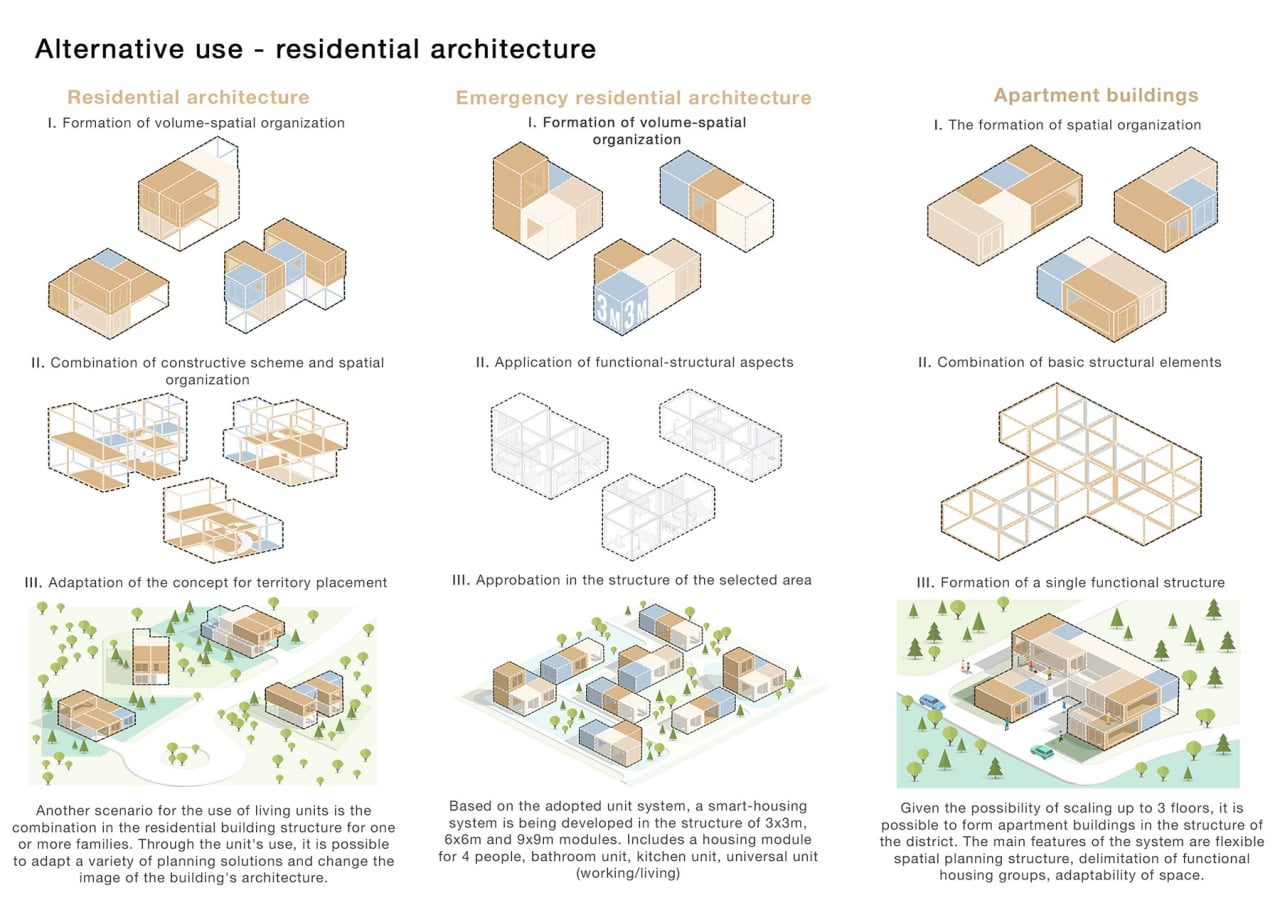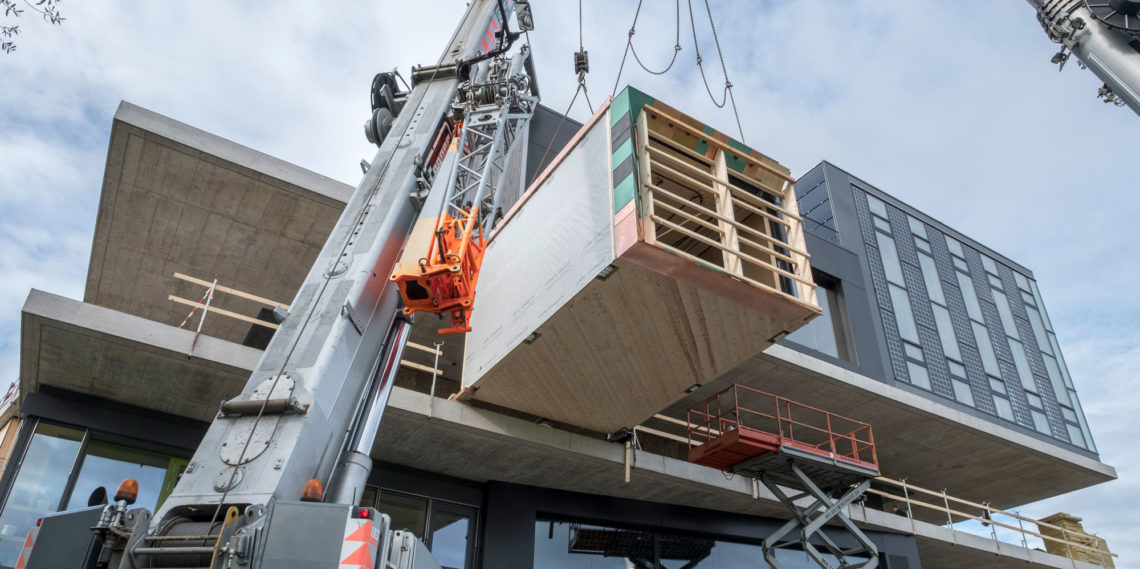What Are The Key Elements Of Modular Architecture And Prefabrication?

When it comes to modern architecture, one of the most important concepts that has emerged in recent years is prefabrication. This is a construction technique that involves building some or all of the components of a structure off-site, before bringing them to the location where the building will be erected. In this article, we'll explore how prefabrication fits in with modern architecture, and why it's becoming an increasingly popular choice for architects and builders alike.
The Benefits of Prefabrication
One of the main reasons why prefabrication is gaining in popularity is because it offers several key benefits over traditional construction methods. Some of the most significant advantages of prefabrication include:
1. Cost Savings
Building components off-site can help to save money on labor costs, as workers can focus on specialized tasks rather than having to do everything on the construction site. Additionally, prefabricated components can often be produced more efficiently and with less waste, resulting in lower material costs.
2. Faster Construction
Because the building components are manufactured in a controlled environment, there are fewer delays due to weather or other factors that can slow down traditional construction projects. This means that the overall construction timeline can often be shortened, allowing projects to be completed more quickly.
3. Improved Quality Control
Prefabricated components are subject to rigorous quality control measures, which helps to ensure that they meet exacting standards for strength, durability, and other important factors. This means that buildings constructed using prefabrication techniques are often of higher quality than those built using traditional methods.
4. Flexibility and Customization
Prefabrication doesn't necessarily mean that all buildings will look alike. There is actually a great deal of flexibility and customization available when it comes to designing and building prefabricated structures. Architects and builders can work together to create unique, customized designs that meet the specific needs and preferences of their clients.
The Role of Technology
Another important factor that is driving the adoption of prefabrication in modern architecture is technology. New advances in materials science, robotics, and other areas are making it possible to build prefabricated structures that are stronger, more durable, and more versatile than ever before.
1. Advanced Materials
One of the key drivers of prefabrication is the availability of advanced materials that can be used to build components that are stronger and more resilient than traditional building materials. For example, some prefabricated components are constructed using high-strength concrete, which offers superior resistance to fire, moisture, and other forms of damage.
2. Robotics and Automation
Another important factor is the role of robotics and automation in the construction process. By using machines to cut and shape building components, architects and builders can ensure greater precision and consistency in their work. This can lead to a higher quality finished product, with fewer defects or errors.
3. 3D Printing
3D printing technology is also playing a role in prefabrication, as it allows architects and builders to create intricate, complex designs that would be difficult or impossible to achieve using traditional construction methods. This technology is particularly useful for creating modular components that can be assembled quickly and easily on-site.
The Future of Prefabrication in Modern Architecture
Given the many benefits of prefabrication, it's no surprise that this construction technique is becoming an increasingly popular choice for architects and builders. As technology continues to advance and new materials and techniques become available, it's likely that we'll see even more innovation in this area.
FAQ
Q: Does prefabrication always result in a faster construction timeline?
A: While prefabrication can often result in faster construction, this isn't always the case. Factors such as the complexity of the design and the availability of materials can impact the overall timeline.
Q: Is prefabrication more expensive than traditional construction?
A: In many cases, prefabrication can actually be less expensive than traditional construction methods. However, this will depend on a number of factors, including the size and complexity of the project.
Q: Can prefabricated buildings be customized to meet specific needs and preferences?
A: Yes, prefabrication offers a high degree of flexibility and customization. Architects and builders can work together to create unique, customized designs that meet the specific needs and preferences of their clients.
Q: What materials can be used for prefabricated building components?
A: There are many different materials that can be used for prefabricated building components, including high-strength concrete, steel, and various composites.
Q: Are prefabricated buildings as strong and durable as those built using traditional methods?
A: Yes, prefabricated buildings are often just as strong and durable as those built using traditional methods, if not more so. The rigorous quality control measures used in prefabrication help to ensure that components meet exacting standards for strength, durability, and other important factors.
Conclusion
Overall, there's no doubt that prefabrication has an important role to play in modern architecture. Its many benefits, including cost savings, faster construction timelines, and greater flexibility and customization, make it an attractive option for architects and builders alike. And as technology continues to advance, it's likely that we'll see even more exciting innovations in this area in the years to come.




Post a Comment for "What Are The Key Elements Of Modular Architecture And Prefabrication?"